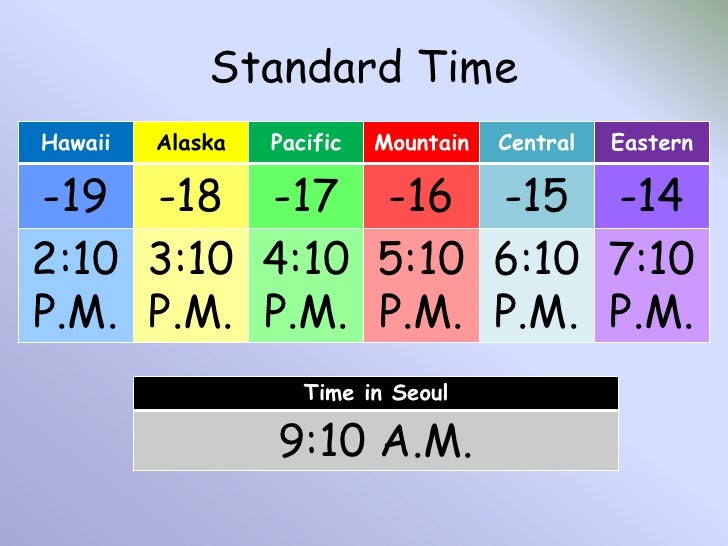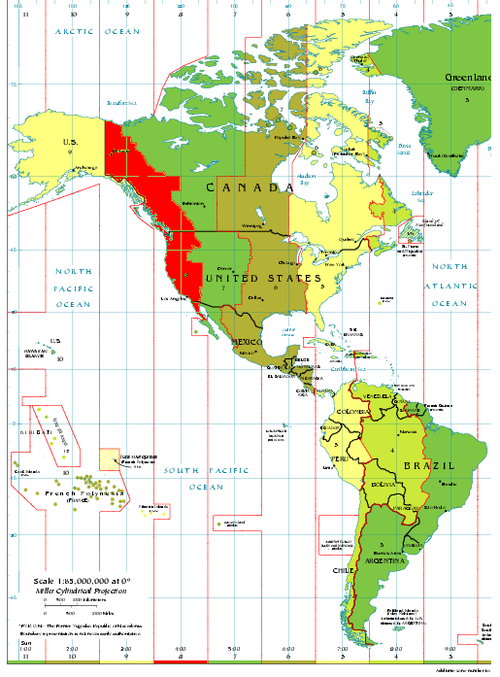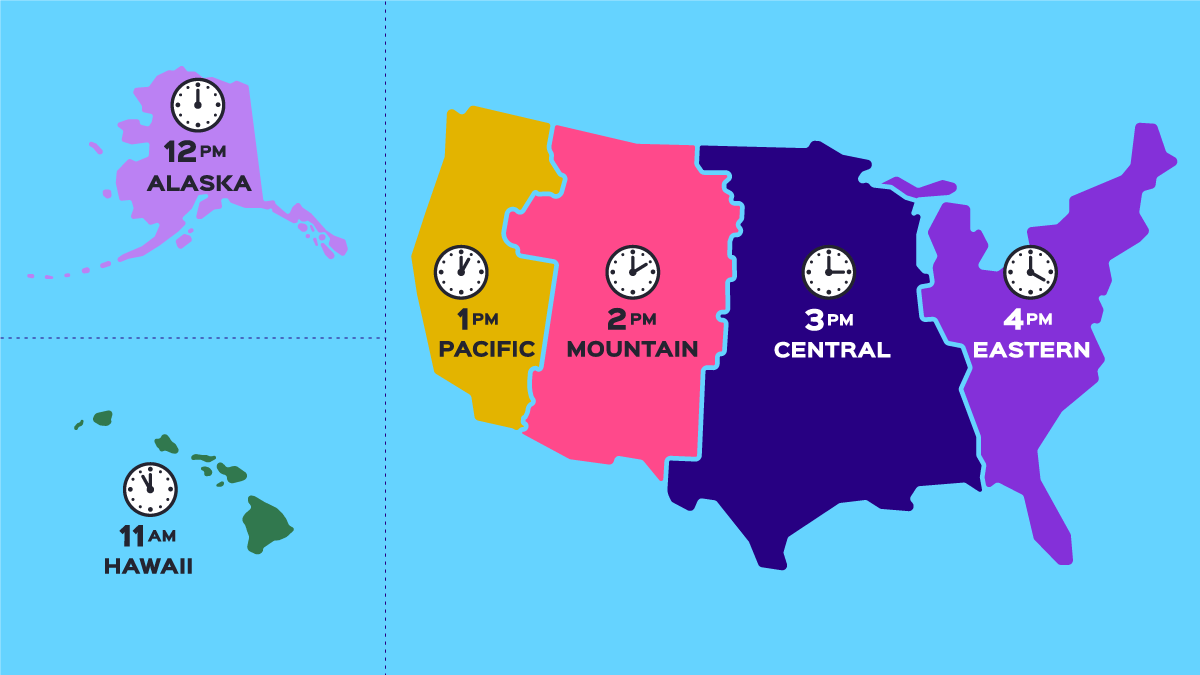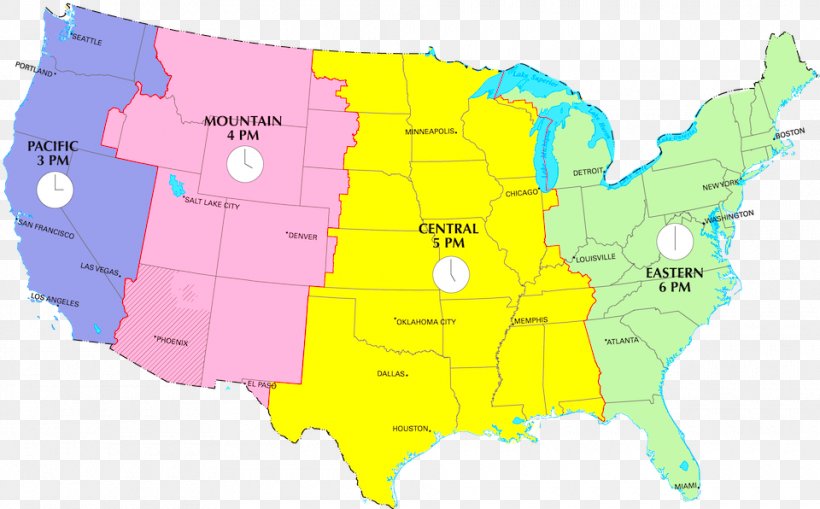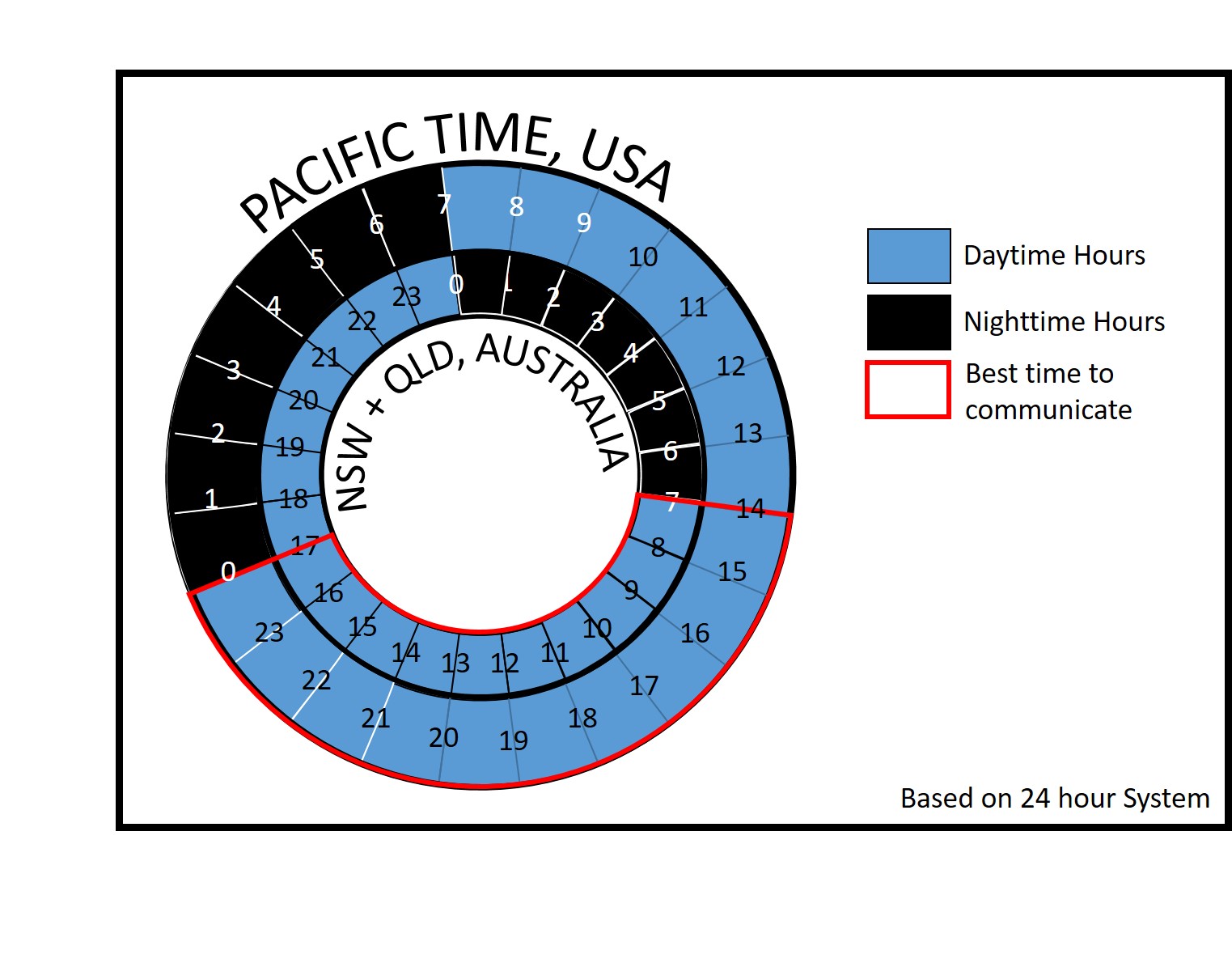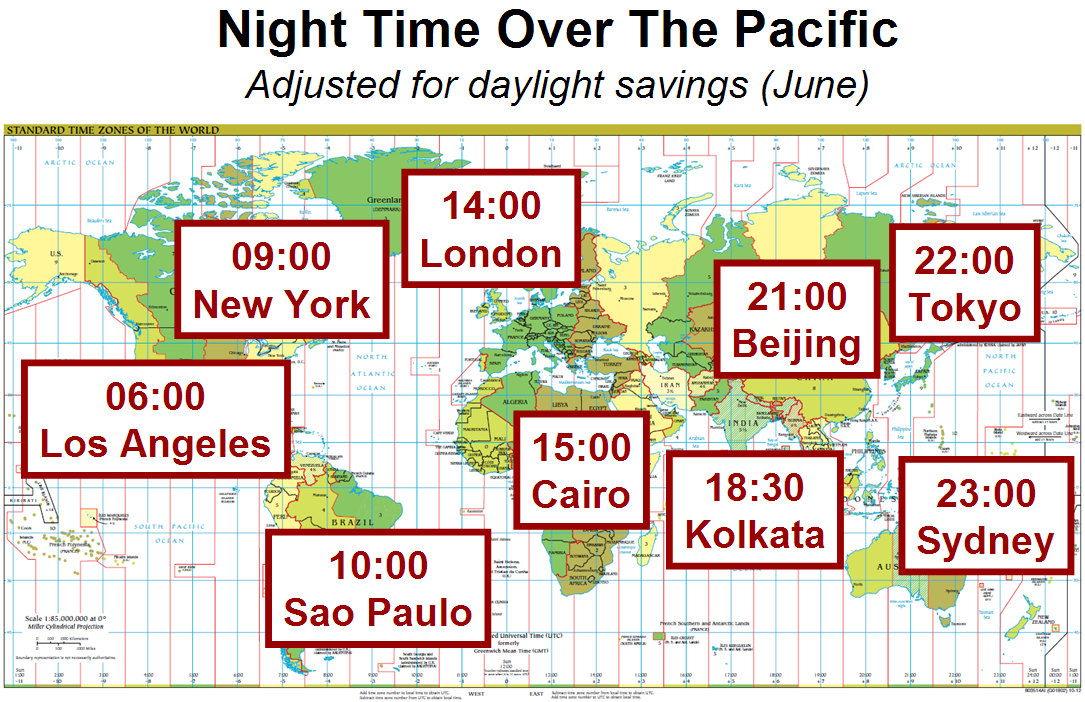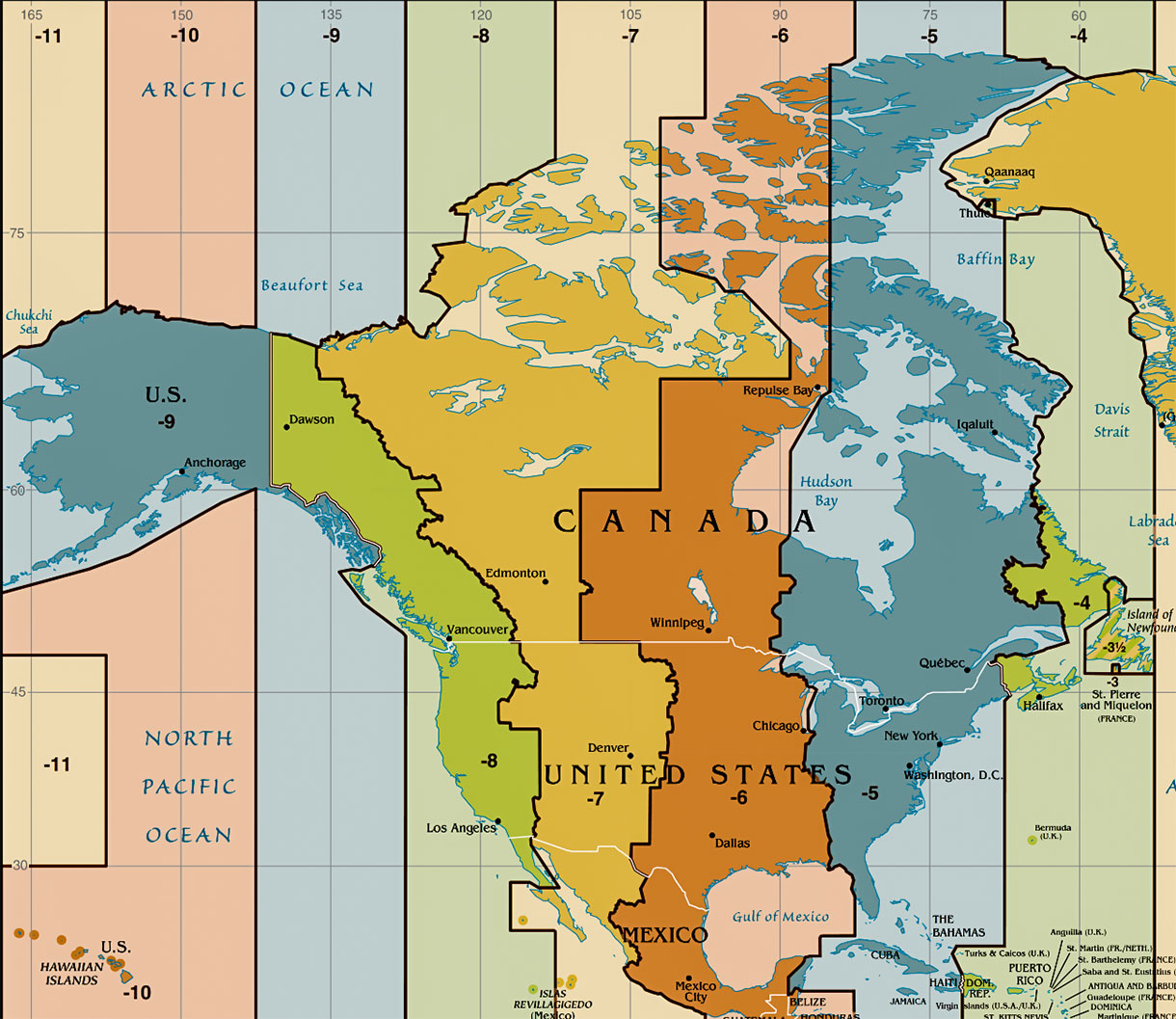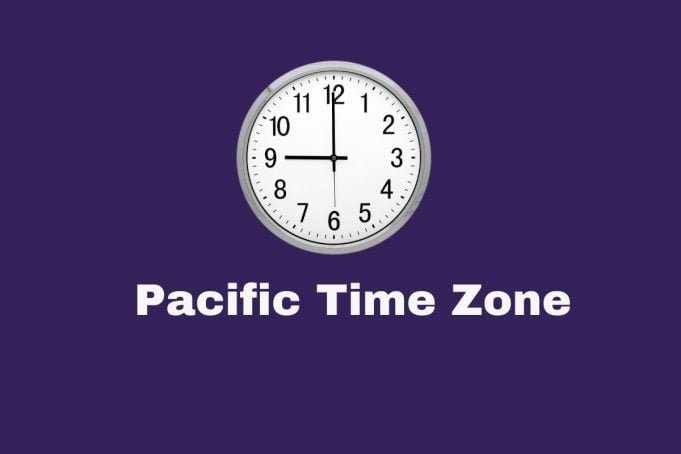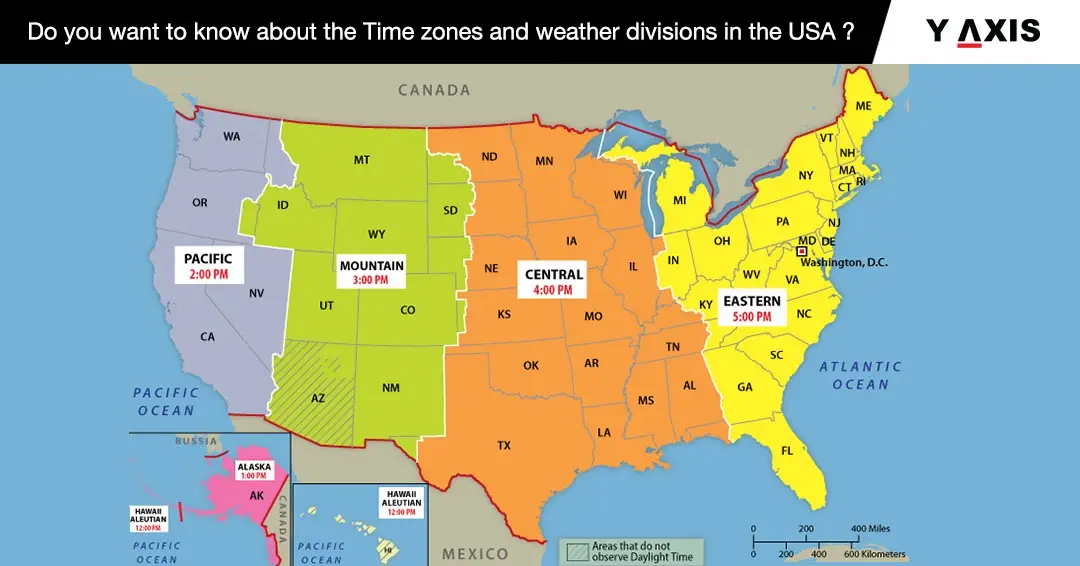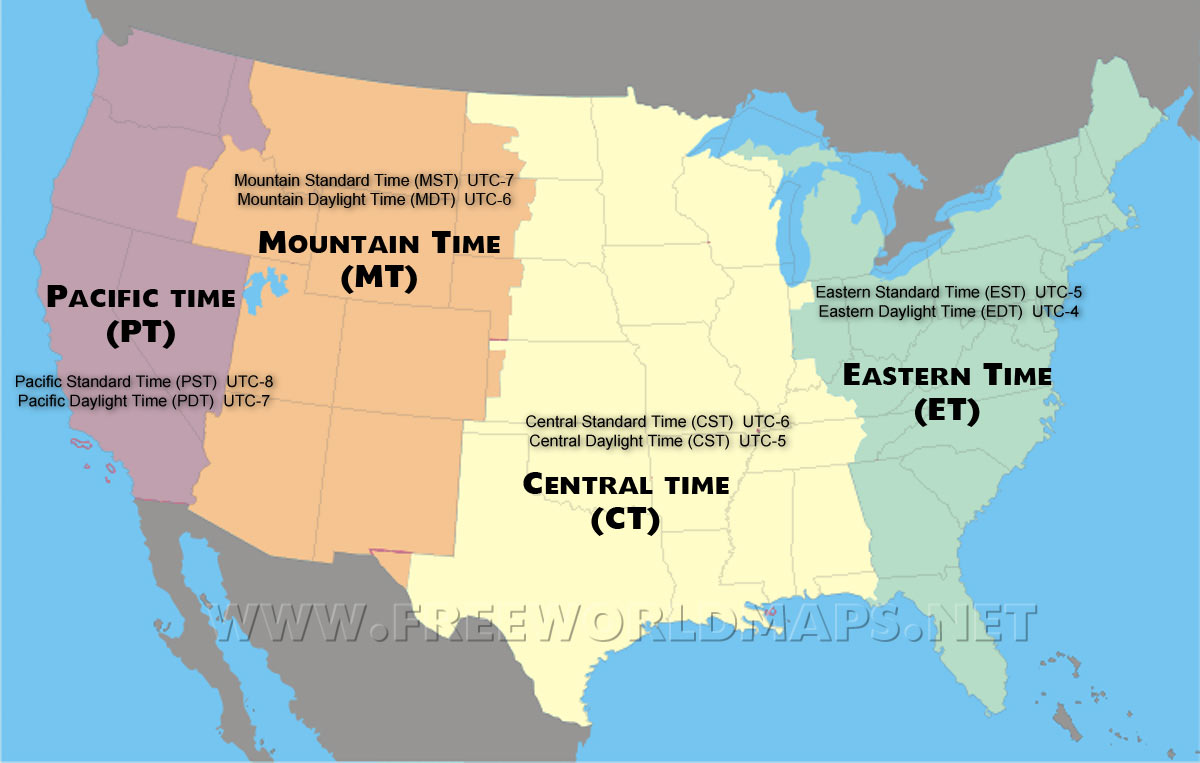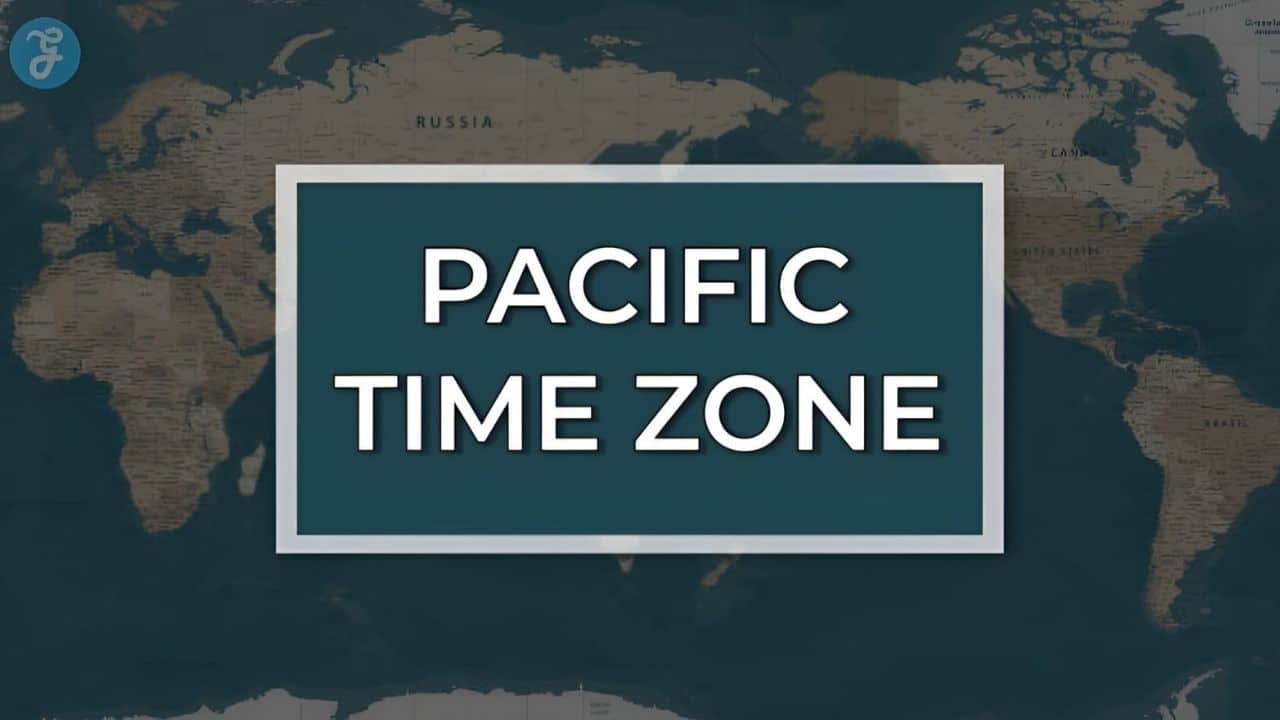When Is 10 Am Pacific Time
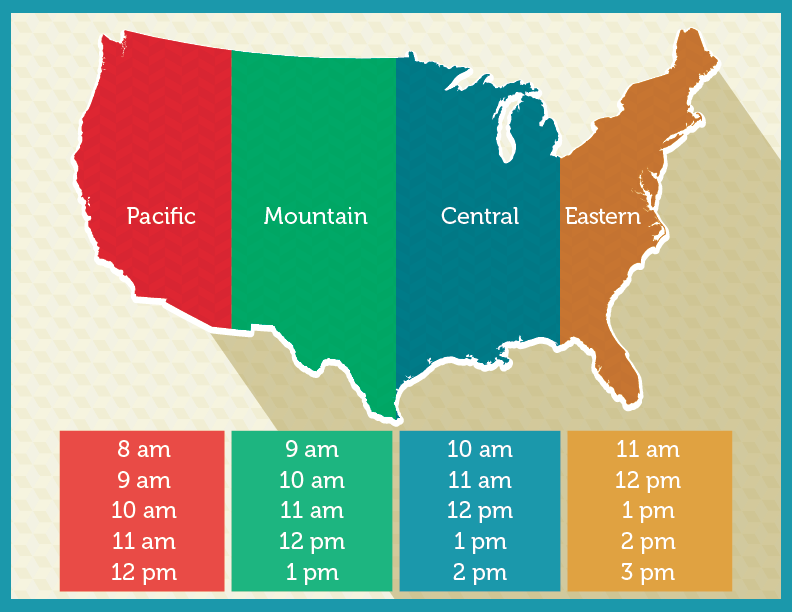
In an increasingly interconnected world, grasping the nuances of time zone conversions is paramount. Misunderstandings regarding time differences can lead to missed deadlines, disrupted schedules, and even significant financial repercussions. Understanding when 10 AM Pacific Time translates globally is a crucial skill for professionals, travelers, and anyone engaging with individuals or organizations across different continents.
This article delves into the specifics of converting 10 AM Pacific Time (PT) to other time zones around the world. This guide is to ensure accuracy and prevent the costly errors arising from miscalculated schedules. The article examines the complexities introduced by daylight saving time, providing a comprehensive reference for anyone needing to coordinate events or communication across different geographical locations. This guide provides clarity on a deceptively complex issue.
Understanding Pacific Time (PT)
Pacific Time, officially recognized as Pacific Standard Time (PST) during standard time and Pacific Daylight Time (PDT) during daylight saving time, is observed in the westernmost parts of North America. This includes states like California, Washington, and Oregon in the United States. A significant portion of British Columbia in Canada also adheres to Pacific Time.
The transition between PST and PDT occurs twice a year. During PST, which generally runs from early November to mid-March, PT is UTC-8. During PDT, the offset shifts to UTC-7, spanning from mid-March to early November.
Converting 10 AM PT to Other Time Zones
Converting 10 AM PT to other time zones requires taking into account both the standard time offset and the effect of daylight saving time in both locations. Let's explore conversions to some key global time zones.
Eastern Time (ET)
Eastern Time is observed in the eastern parts of North America, including states like New York and Florida. During PST, 10 AM PT is 1 PM ET. When PDT is in effect, 10 AM PT becomes 1 PM ET, because both zones observe daylight saving time simultaneously.
Central Time (CT)
Central Time covers a broad region in the central part of North America. During PST, 10 AM PT is equivalent to 12 PM CT. With PDT, it becomes 12 PM CT as daylight saving time adjustments are synchronized.
Mountain Time (MT)
Mountain Time is observed in states like Colorado and Arizona (with some exceptions). During PST, 10 AM PT translates to 11 AM MT. When PDT is in effect, 10 AM PT corresponds to 11 AM MT.
Greenwich Mean Time (GMT/UTC)
Greenwich Mean Time (GMT), also known as Coordinated Universal Time (UTC), serves as the basis for global timekeeping. During PST, 10 AM PT is 6 PM GMT. When PDT is in effect, 10 AM PT becomes 5 PM GMT.
Central European Time (CET)
Central European Time is used in many European countries, including Germany and France. During PST, 10 AM PT translates to 7 PM CET. When PDT is in effect, 10 AM PT becomes 7 PM CET.
Australian Eastern Standard Time (AEST)
Australian Eastern Standard Time is observed in states like New South Wales, Victoria, and Queensland. The conversion is significantly affected by the date because Australia's seasons are opposite to those in the Northern Hemisphere. During PST in the Northern Hemisphere’s winter, 10 AM PT can be 3 AM the next day AEST. With PDT during the Northern Hemisphere’s summer, 10 AM PT becomes 5 AM the next day AEST. Because AEST does not observe daylight savings at the same time, one has to carefully calculate the offset.
Daylight Saving Time Considerations
Daylight Saving Time (DST) is a practice of advancing clocks during the warmer months. This is so that darkness falls later each day. The impact of DST on time zone conversions cannot be overstated, it introduces considerable complexity.
Different regions implement DST on different dates and sometimes do not implement DST at all. This inconsistent application creates situations where the time difference between two locations can shift by an hour, twice a year.
For accurate time zone conversions, particularly when dealing with international schedules, it is imperative to consult reliable time zone converters. These converters take into account DST rules for specific locations. Websites like TimeandDate.com or WorldTimeBuddy.com are useful to ensure you don't miss important appointments.
The Importance of Accurate Time Conversions
Accurate time conversions are vital in many aspects of modern life. In the business world, misinterpreting time zones can result in missed calls with global clients. This is turn will cause delays in project timelines, and even financial losses.
In personal contexts, incorrect time conversions can lead to missed virtual family gatherings. Even missed opportunities to connect with friends living abroad.
Consider the impact on remote teams operating across multiple time zones. Proper scheduling and clear communication are important to maintain productivity and team morale. The ability to accurately convert time zones mitigates the risk of scheduling conflicts and ensures fair working hours for all team members.
Future Trends in Timekeeping
Discussions surrounding the elimination of Daylight Saving Time are ongoing in various regions around the globe. Some argue that the benefits of DST are outweighed by the disruptions it causes to sleep schedules and overall productivity. Any potential shift to permanent standard time or permanent daylight time would simplify time zone conversions significantly.
Technological advancements continue to improve the accuracy and accessibility of timekeeping tools. Automated scheduling software and real-time time zone converters are becoming increasingly sophisticated. This will provide users with seamless experiences for coordinating activities across different time zones.
Conclusion
Mastering time zone conversions, particularly understanding when 10 AM Pacific Time aligns with other global time zones, is an indispensable skill in today's interconnected world. By accounting for Daylight Saving Time and leveraging reliable conversion tools, individuals and organizations can avoid costly scheduling errors. This will ensure smooth communication and collaboration across geographical boundaries.
As technology evolves and debates around Daylight Saving Time continue, staying informed and adaptable remains essential for navigating the complexities of global timekeeping. A proactive and informed approach to time zone conversions is key to success in both professional and personal endeavors.
